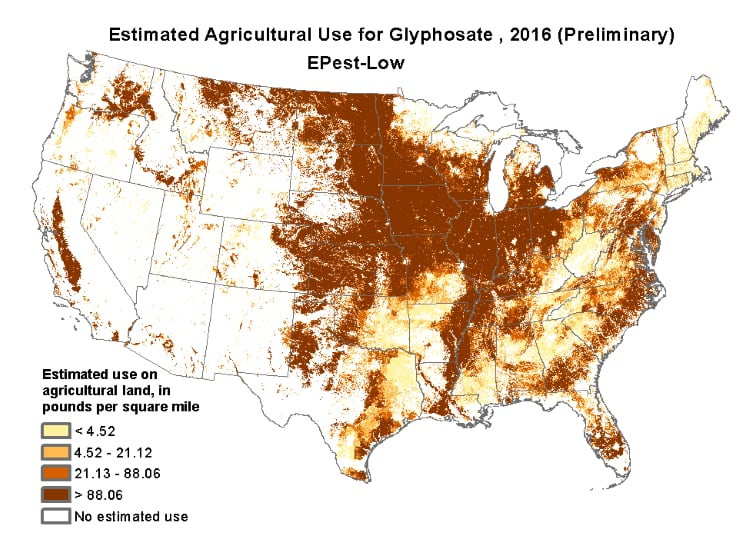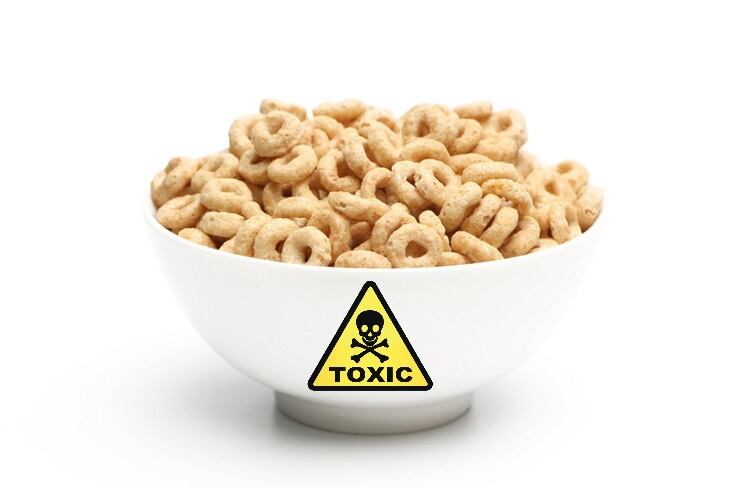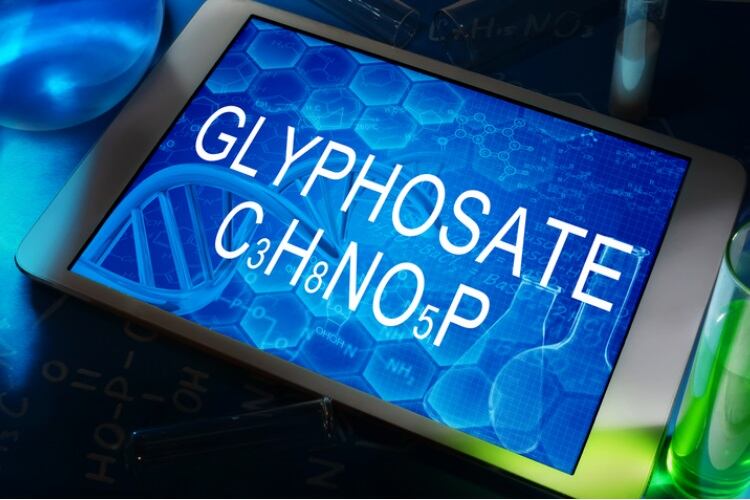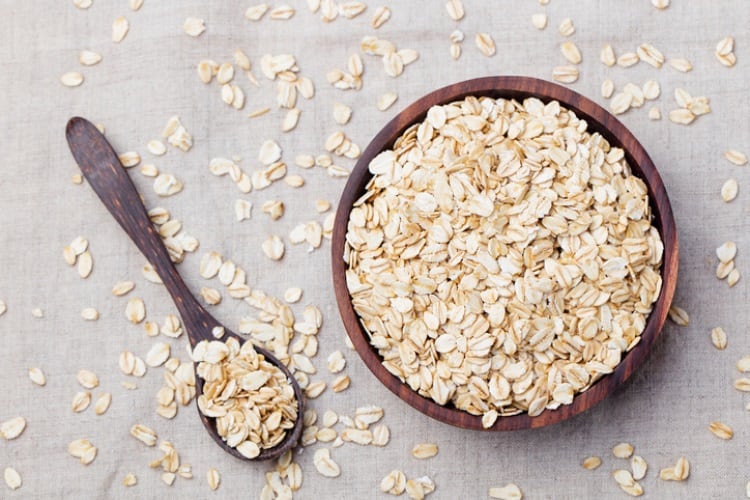The advocacy group released results of a third round of tests that found that all 21 of the products tested contained traces of the active ingredient in a weed killer associated with the increased risk of cancer.
All but four tested were ‘higher than what EWG scientists consider protective for children’s health.’
The 21 products tested are made by General Mills, including six varieties of Cheerios and 14 of General Mills’ Nature Valley products, such as Nature Valley granola bars.
The two highest levels of glyphosate were detected in Honey Nut Cheerios Medley Crunch (833 parts per billion) and Cheerios (729 ppb).
'Just a rehash'
General Mills contends nothing has changed since alarm bells were first set off in August last year by the EWG after finding traces of the chemical in products.
Mike Siemienas, General Mills’ spokesman, told BakeryandSnacks, “If you go back to last August and October, you will see that they issued this already and this is just a rehash.”
However, he noted that food safety is a ‘top priority’ for the company and it continues to work to minimize the use of pesticides on the ingredients it uses.
“Most crops grown in fields use some form of pesticides and trace amounts are found in the majority of food we all eat.
“Experts at the FDA and EPA determine the safe levels for food products. These are very strict rules that we follow as do farmers who grow crops,” said Siemienas.
Glyphosate is best known as the main ingredient in Monsanto’s Roundup weed killer.

Each year, more than 250 million pounds (125,000 tons) of glyphosate are sprayed on American crops, primarily on corn and soybeans genetically engineered to withstand the herbicide.
Increasingly, it is also sprayed just before harvest on wheat, barley, oats and beans that are not genetically engineered. Glyphosate kills the crop, drying it out so it can be harvested sooner than if the plant were allowed to die naturally.
Many farmers also use it on fields before the growing season, including almond producers and spinach growers.
The contentious ingredient has been at the center of several high-profile lawsuits recently.
In August 2018, a federal jury unanimously determined Roundup was a ‘substantial factor’ in causing a California man’s cancer. The former school groundskeeper was awarded $289m.
Earlier this year, a 70-year-old Santa Rosa resident – who claimed to have sprayed the herbicide for nearly three decades before being diagnosed with cancer – was awarded $80m.
And last month, a California jury ordered Monsanto to pay more than $2bn to a couple who said long-term exposure had caused their non-Hodgkin’s lymphoma cancer.
Monsanto, now owned by the German pharmaceutical giant Bayer AG, is facing more than 9,000 similar lawsuits across the US.
How much is too much?
No one wants a breakfast or a snack that is contaminated with weed killer, however, there are several schools of thought regarding human toxicity levels.
The US Environmental Protection Agency’s (EPA) threshold – which was set in 1993 – ranges from 0.1 to 310 parts per million (ppm) or 2mg per kg of body weight per day (140g/kg/day for the average adult.
A small child weighing 22lbs (10kg) would have to ingest around 385 liters of orange juice daily to reach the maximum glyphosate dose of 1mg/kg/day.
It contends it has found no evidence the chemical is harmful or cancer causing, but concedes to be reviewing possible changes and risks.
The EWG, on the other hand, uses a far more conservative health benchmark of 0.01 milligram per day, which translates to 160 ppb.
In 2015, the World Health Organization’s (WHO) International Agency for Research on Cancer determined glyphosate is ‘probably carcinogenic to humans.’
Last year, though, the UN’s Food and Agriculture Organization and the WHO presented a joint report that concluded ‘glyphosate is unlikely to pose a carcinogenic risk to humans by food intake.’
The FDA’s Pesticide Residue Monitoring Report and Data for FY2016 – released in October 2018 – reported that none of the 760 samples analyzed for glyphosate had residues exceeding the tolerances.
The test covered 274 corn, 267 soybean, 113 milk and 106 egg samples. Non-violative levels of glyphosate were found in 173 (63.1%) of the corn samples and in 178 (67%) of the soybean samples. No glyphosate residues were found in the milk and egg samples.
The European Food Safety Administration also maintains the risk of cancer in humans induced by glyphosate is very low.





